Home>Interior Design>Paint Sheen Levels Explained
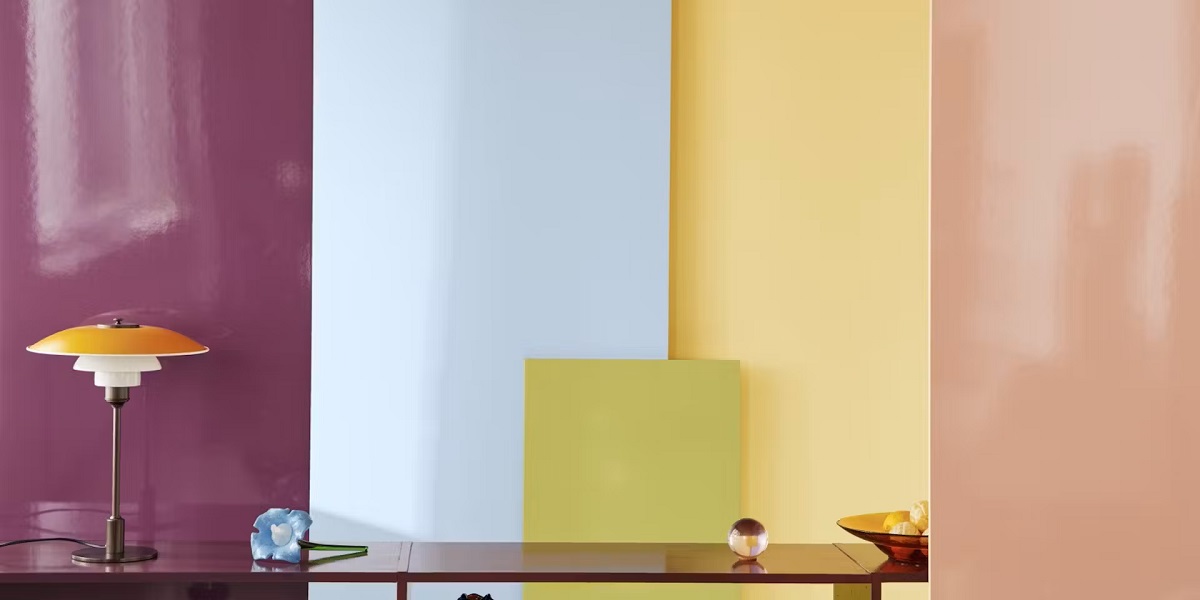

Interior Design
Paint Sheen Levels Explained
Modified: January 7, 2024
Learn about the different levels of paint sheen for interior design. Discover which sheen is best for your project and achieve the desired look for your space.
(Many of the links in this article redirect to a specific reviewed product. Your purchase of these products through affiliate links helps to generate commission for Storables.com, at no extra cost. Learn more)
Introduction
Welcome to the world of interior design, where every detail matters. When it comes to transforming a space, paint plays a crucial role. Choosing the right color is essential, but have you ever considered the impact of paint sheen levels on your design? Paint sheen levels not only affect the aesthetics of a room but also its functionality and maintenance.
In this article, we will delve into the world of paint sheen levels and explore their importance in interior design. Whether you’re a homeowner looking to revamp your space or a professional designer seeking to create a stunning visual impact, understanding paint sheen levels will help you make informed decisions and achieve your desired look.
So, let’s dive in and uncover the mysteries behind paint sheen levels!
Key Takeaways:
- Choose the right paint sheen level to enhance your space’s aesthetics and functionality. From flat to gloss, each level offers unique characteristics that can impact the overall look and feel of a room.
- Consider factors like lighting, traffic, and desired aesthetic when selecting a paint sheen level. Understanding the impact of sheen levels will help you achieve the perfect balance of beauty and practicality in your space.
Paint Sheen Levels
Paint sheen refers to the level of glossiness or shine that a paint finish has. It is determined by the ratio of reflective particles in the paint formula. The sheen level not only affects the appearance of the painted surface but also its durability, cleanability, and ability to hide imperfections.
Understanding the different paint sheen levels is crucial in achieving the desired look and functionality for your space. Let’s explore the various paint sheen levels and their characteristics:
Flat/Matte: Flat or matte paint sheen has the lowest level of sheen and provides a non-reflective, velvety finish. It is ideal for areas with minimal foot traffic such as ceilings and walls in bedrooms, living rooms, or dining rooms. Flat paint conceals surface imperfections but is more prone to staining and is challenging to clean.
Eggshell: Eggshell paint sheen offers a soft, subtle sheen that resembles the surface of an eggshell. It strikes a balance between flat and semi-gloss finishes, making it a popular choice for high-traffic areas like hallways, family rooms, and kitchens. Eggshell finishes are relatively easy to clean and offer moderate stain resistance.
Satin: Satin paint sheen has a smooth, velvety appearance with a slightly higher gloss level than eggshell. It is commonly used in spaces that require easy maintenance, such as bathrooms, kitchens, and children’s rooms. Satin finishes are durable, washable, and offer good stain resistance.
Semi-Gloss: Semi-gloss paint sheen provides a subtle shine and is well-suited for areas that experience frequent moisture, such as bathrooms, kitchens, and trim work. It is highly durable, easy to clean, and offers excellent stain resistance. Semi-gloss finishes can also enhance the architectural elements of a space.
Gloss: Gloss paint sheen offers a high level of reflectivity and shines. It is typically used on surfaces that require maximum durability and can withstand frequent cleaning, such as doors, cabinets, and trim work. Gloss finishes are highly resistant to stains and are easy to wipe clean.
Now that we have explored the various paint sheen levels, it’s important to consider the specific requirements of your space before making a decision. Factors such as lighting, traffic, and the desired aesthetic should be taken into account to achieve the perfect balance of beauty and functionality.
Remember, paint sheen levels can have a significant impact on how a room looks and feels. So take your time, consider your options, and experiment with different sheens to find the perfect match for your design vision.
What is Sheen?
Before we dive deeper into paint sheen levels, let’s first understand what sheen actually means. Sheen refers to the level of glossiness or shine that a paint finish exhibits. It is influenced by the amount and size of reflective particles present in the paint.
Sheen is an important consideration in interior design as it impacts not only the visual appearance but also the functionality and maintenance of the painted surface. Different sheen levels reflect light differently, creating unique effects and influencing the overall ambiance of a room.
When selecting a paint sheen, it is important to consider the specific requirements of the space. Factors such as lighting conditions, surface imperfections, and desired maintenance levels play a crucial role in determining the most suitable sheen level.
Now, let’s take a closer look at the various paint sheen levels and their characteristics.
Flat/Matte: Flat or matte paint has the lowest level of sheen. It offers a non-reflective, smooth finish that helps to hide imperfections on walls and ceilings. This sheen level is ideal for areas with minimal foot traffic, such as bedrooms, living rooms, or dining rooms. However, it is important to note that flat paint is more susceptible to stains and is challenging to clean.
Eggshell: Eggshell sheen falls between flat and satin finishes and offers a soft, subtle shine that resembles the surface of an eggshell. It has a velvety texture and provides a gentle glow to the painted surface. Eggshell is a popular choice for high-traffic areas like hallways, family rooms, and kitchens. It offers better durability and stain resistance compared to flat paint.
Satin: Satin has a smooth, velvety appearance and slightly higher sheen than eggshell. It reflects more light, creating a lustrous finish. Satin sheen is commonly used in spaces that require easy maintenance, such as bathrooms, kitchens, and children’s rooms. It is durable, washable, and offers good stain resistance.
Semi-Gloss: Semi-gloss sheen provides a subtle shine that is more pronounced than satin. It is highly reflective and offers a sleek, polished look to surfaces. Semi-gloss finishes are commonly used in areas that experience frequent moisture, such as bathrooms, kitchens, and trim work. They are highly durable, easy to clean, and offer excellent stain resistance.
Gloss: Gloss sheen has the highest level of reflectivity and shine. It creates a dramatic, almost glass-like appearance on surfaces. Gloss finishes are often used on doors, cabinets, and trim work. They are highly durable, resistant to stains, and are easy to clean, making them suitable for high-traffic areas that require frequent washing.
Understanding the different paint sheen levels is essential in achieving the desired look and functionality for your space. By considering factors such as lighting, traffic, and the desired aesthetic, you can select the perfect sheen level to enhance the beauty and longevity of your painted surfaces.
When choosing a paint sheen level, keep in mind that higher sheen levels (like gloss) are more durable and easier to clean, while lower sheen levels (like flat) can hide imperfections better.
Types of Paint Sheen Levels
When it comes to paint sheen levels, there is a range of options available to suit different design preferences and functional requirements. Let’s explore the various types of paint sheen levels and their characteristics:
Flat/Matte: Flat or matte paint sheen has a low level of sheen and offers a non-reflective, velvety finish. It is the most forgiving sheen level when it comes to hiding surface imperfections, making it a popular choice for ceilings and walls in bedrooms, living rooms, or dining rooms. Flat paint provides a smooth and elegant look, but it is important to note that it is less durable and more susceptible to staining compared to other sheens.
Eggshell: Eggshell paint sheen falls between flat and satin, offering a soft, subtle sheen that resembles the surface of an eggshell. It provides a smooth and sleek finish with a slight glow. Eggshell is a versatile sheen level that is suitable for various spaces in your home, including bedrooms, living rooms, and hallways. It offers better durability and stain resistance compared to flat paint while still maintaining a relatively low sheen.
Satin: Satin paint sheen has a smooth, velvety appearance with a slightly higher level of shine compared to eggshell. It reflects more light and provides a subtle glow to surfaces. Satin finishes are commonly used in spaces that require easy maintenance, such as bathrooms, kitchens, and children’s rooms. They are durable, washable, and offer good stain resistance, making them suitable for high-traffic areas.
Semi-Gloss: Semi-gloss paint sheen offers a noticeable shine and is well-suited for areas that require increased durability and moisture resistance. It has a smooth and glossy appearance, making it easier to clean and maintain. Semi-gloss finishes are commonly used in bathrooms, kitchens, trim work, and doors. They provide a subtle reflective quality that enhances the architectural elements of a space.
Gloss: Gloss paint sheen offers the highest level of reflectivity and shines. It provides a smooth and polished finish with a distinct glossy appearance. Gloss finishes are commonly used on surfaces that require maximum durability and can withstand frequent cleaning, such as doors, cabinets, and trim work. They are highly resistant to stains and are easy to wipe clean.
Each paint sheen level has its advantages and considerations based on the specific requirements of your space. When choosing a sheen level, consider factors such as the intended use of the room, lighting conditions, desired aesthetic, and durability needs. It’s also important to remember that different paint brands may have slight variations in their sheen levels, so it’s recommended to test a small area before committing to a larger project.
Now that you have a better understanding of the different types of paint sheen levels, you can make an informed decision and select the perfect sheen for your interior design project.
Level 1: Flat/Matte
Flat or matte paint sheen is the lowest level of sheen available and offers a non-reflective, velvety finish. It is often referred to as “level 1” among paint sheen categories. This sheen level has gained popularity for its ability to create a smooth and elegant look while helping to hide surface imperfections.
Flat paint is commonly used on ceilings and walls in bedrooms, living rooms, or dining rooms where a muted, understated look is desired. It provides a soft and inviting ambiance to the space, making it perfect for creating a cozy and serene atmosphere.
One of the key advantages of using flat paint is its ability to conceal surface flaws, such as small cracks, bumps, or irregularities. The lack of sheen helps to minimize the visibility of these imperfections, giving a more uniform and flawless appearance to the walls and ceilings. This makes flat paint an excellent choice for older homes or walls with a less-than-perfect texture.
Another benefit of flat paint is its ability to absorb light rather than reflect it. This helps to create a more subdued and relaxed environment, making it ideal for spaces where you want to minimize glare and create a calming atmosphere. In bedrooms, for example, flat paint can enhance the sense of tranquility and promote better sleep.
However, it is important to consider some of the limitations of flat paint before choosing this sheen level. One drawback is its lower durability and susceptibility to staining compared to higher sheen levels. Flat paint has a porous surface, making it more challenging to clean and more prone to absorbing liquid spills or fingerprints. It is essential to handle these situations with care, using gentle cleaning methods.
Additionally, flat paint cannot withstand heavy scrubbing or vigorous cleaning, as it may cause the paint to fade or rub off. Therefore, it’s crucial to avoid using flat paint in high-traffic areas or places that are prone to moisture, such as bathrooms or kitchens, where walls are more likely to encounter dirt, grease, or moisture-related issues.
Despite these considerations, flat paint sheen remains a popular choice among homeowners and designers due to its ability to create a relaxed and elegant aesthetic while camouflaging minor surface imperfections. When used in the right spaces and handled with care, flat paint can contribute to a visually pleasing and inviting atmosphere in any room.
Read more: Paint Finishes For Bathrooms Explained
Conclusion
Choosing the right paint sheen level is a vital consideration in interior design. The sheen level of a paint finish can dramatically impact the overall look, feel, and functionality of a space. From flat/matte to gloss, each sheen level offers unique characteristics that can enhance or detract from the desired aesthetic.
Flat or matte paint sheen, with its non-reflective and velvety finish, is an excellent choice for creating a smooth and elegant look while concealing surface imperfections. It is ideal for bedrooms, living rooms, and dining rooms where a peaceful and cozy ambiance is desired. However, it is important to note that flat paint requires gentle cleaning and is more prone to staining.
Eggshell and satin paint sheens offer a slightly higher level of sheen and provide a subtle glow to surfaces. These sheen levels strike a balance between aesthetics and practicality, making them versatile options for a variety of rooms. They are more durable, easier to clean, and offer better stain resistance compared to flat paint.
Semi-gloss and gloss paint sheens offer increased shine and reflectivity. They are highly durable, suitable for high-traffic areas, and can withstand frequent cleaning. Semi-gloss is well-suited for spaces that experience moisture, such as bathrooms and kitchens, while gloss finishes create a visually striking look and are commonly used on doors, cabinets, and trim work.
When selecting a paint sheen level, it is essential to consider the specific requirements of the space, including lighting conditions, surface imperfections, and desired maintenance levels. By taking these factors into account, you can choose a sheen level that not only enhances the beauty and aesthetics of the room but also provides the desired durability and functionality.
Remember, different paint brands may have variations in their sheen levels, so it’s always a good idea to test a small area before committing to a larger project. Additionally, consult with a professional designer or paint expert who can provide guidance based on your specific needs and preferences.
In conclusion, understanding paint sheen levels is key to achieving your desired interior design vision. By considering the different sheen options and their characteristics, you can create visually stunning spaces that reflect your personal style while meeting the practical needs of your home or project.
So, embrace the world of paint sheen levels, and let your creativity shine through in every stroke of the brush!
Frequently Asked Questions about Paint Sheen Levels Explained
Was this page helpful?
At Storables.com, we guarantee accurate and reliable information. Our content, validated by Expert Board Contributors, is crafted following stringent Editorial Policies. We're committed to providing you with well-researched, expert-backed insights for all your informational needs.

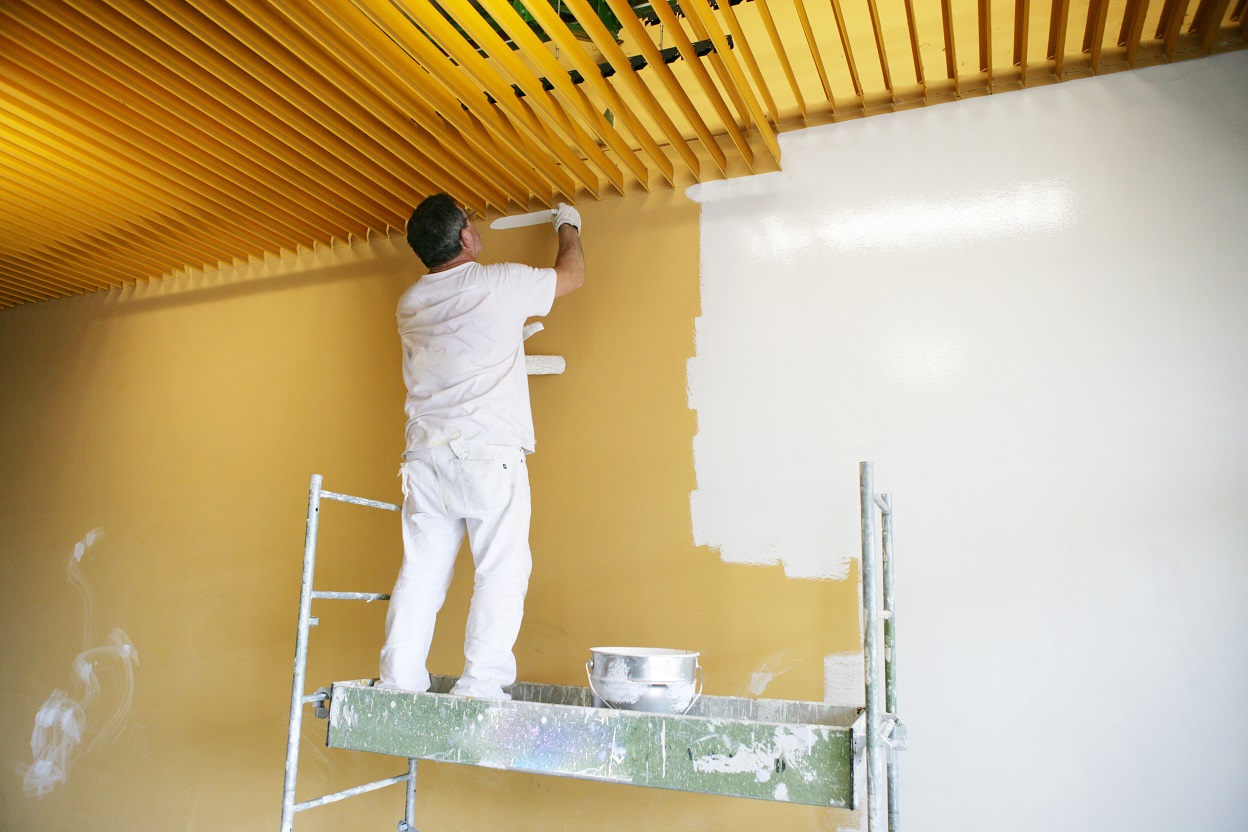
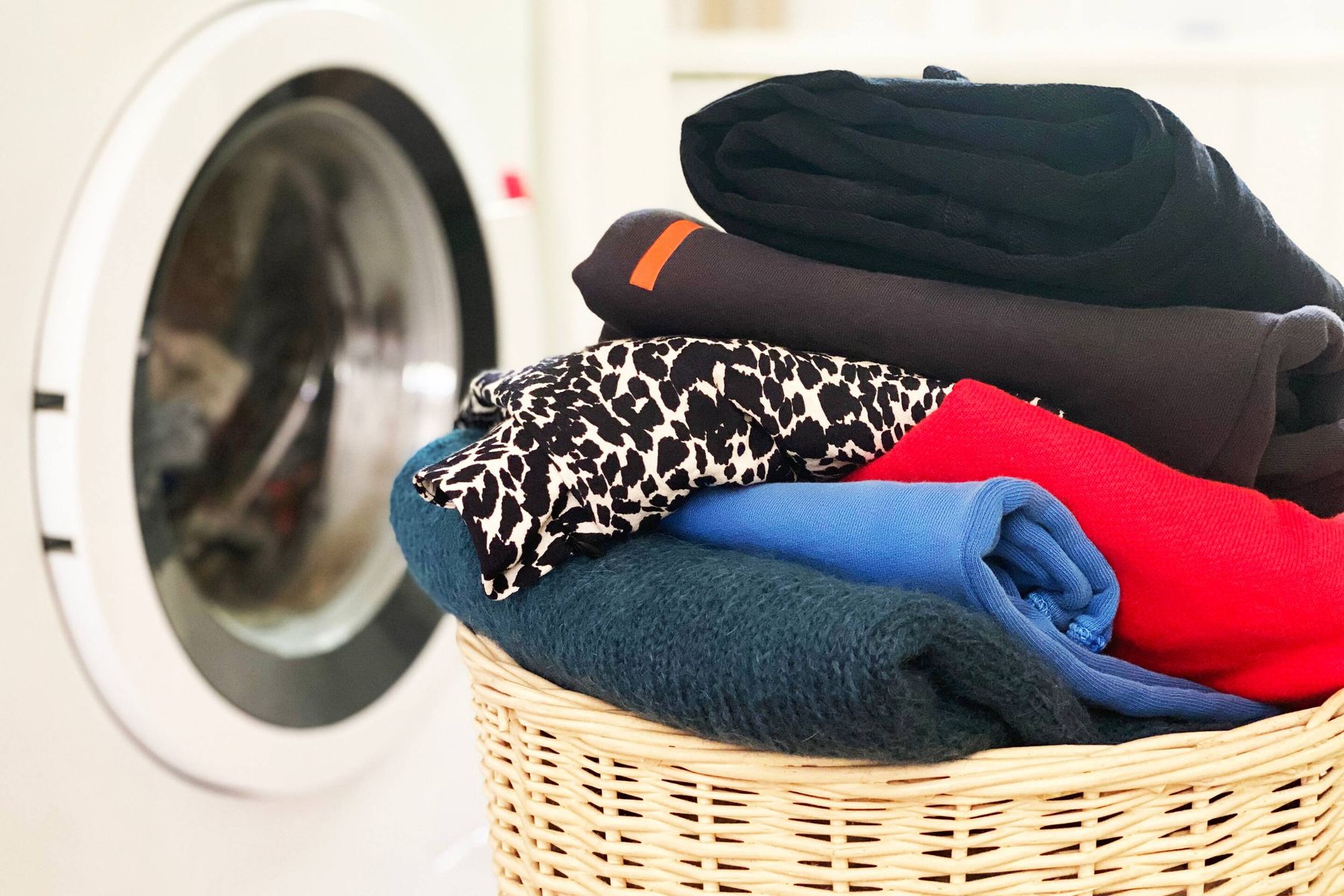
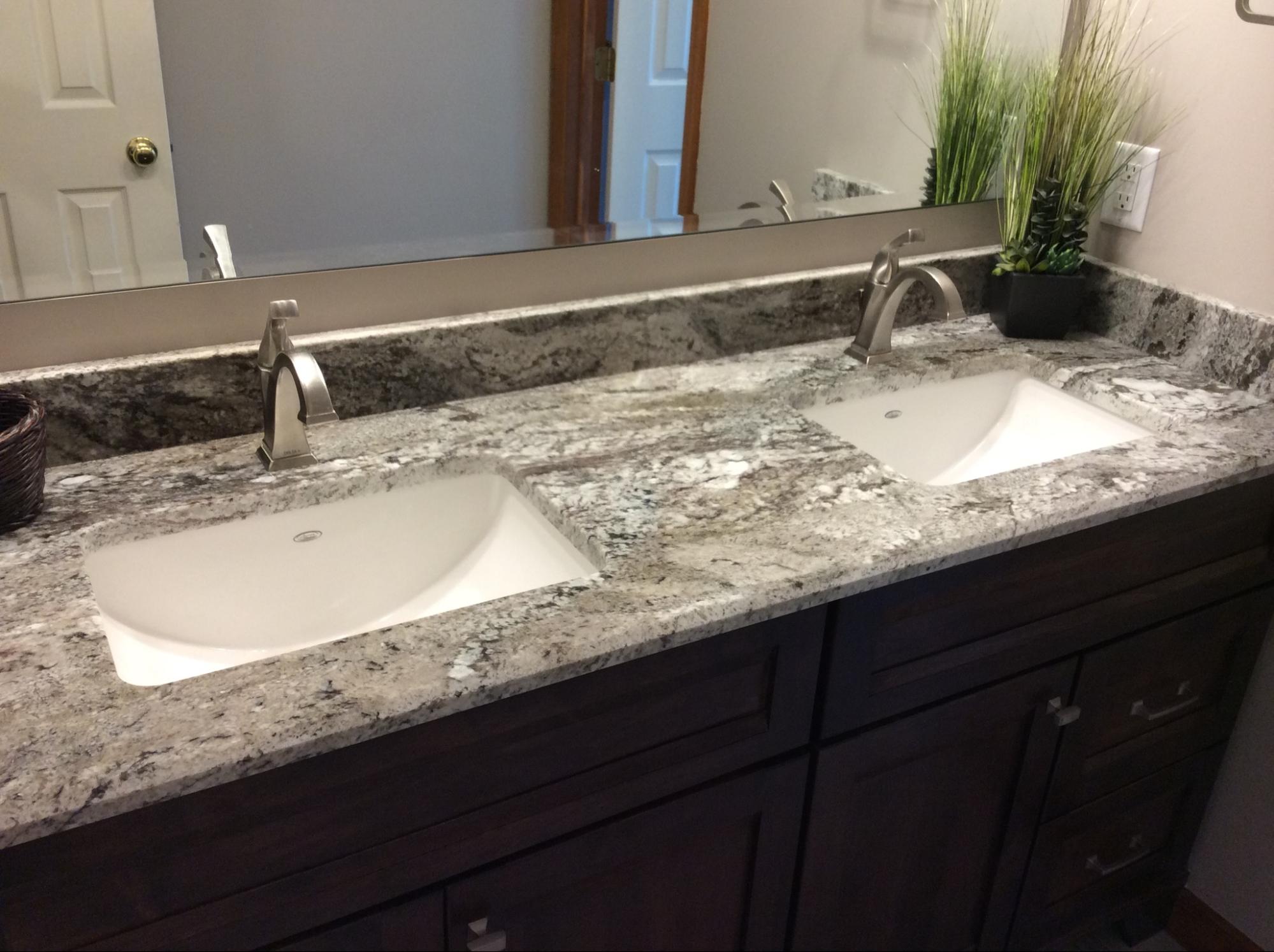
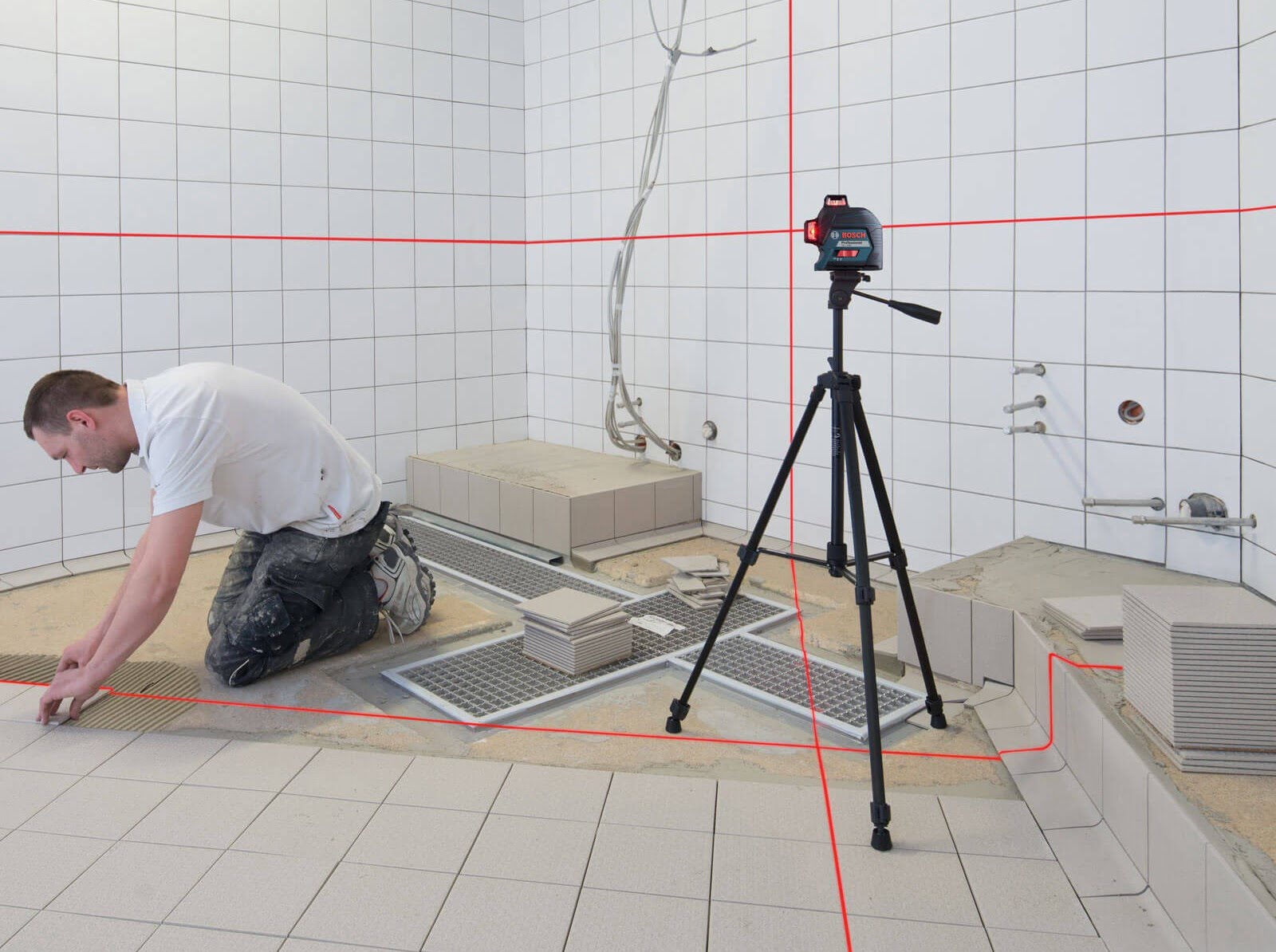

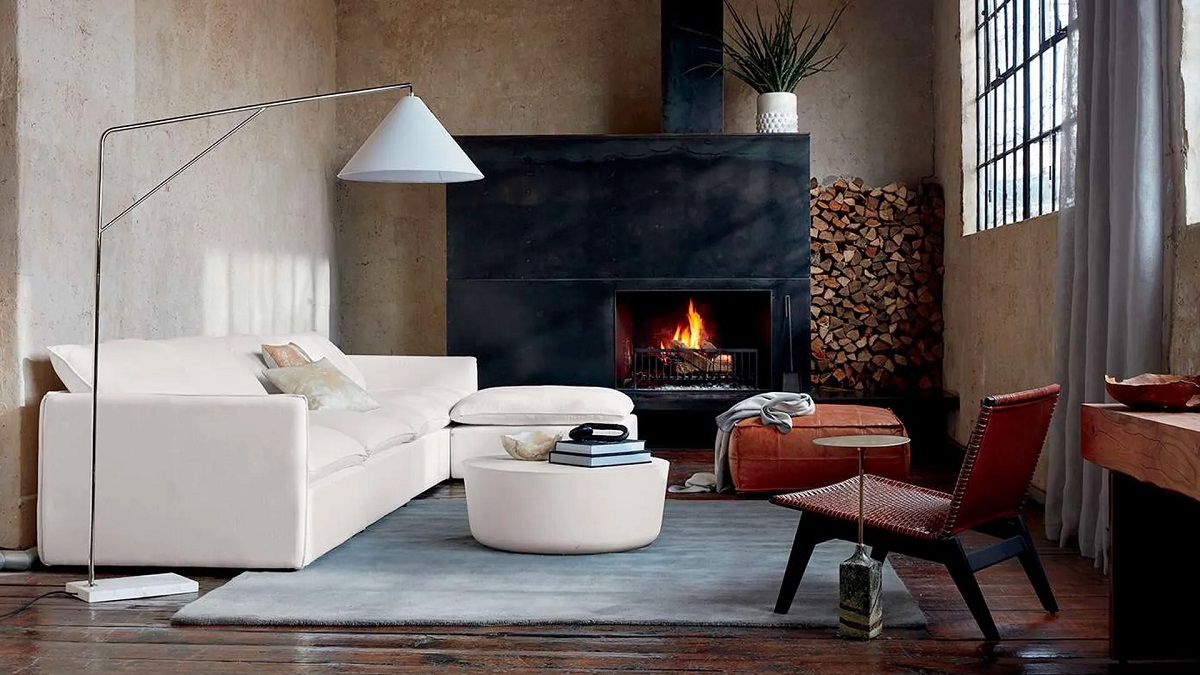
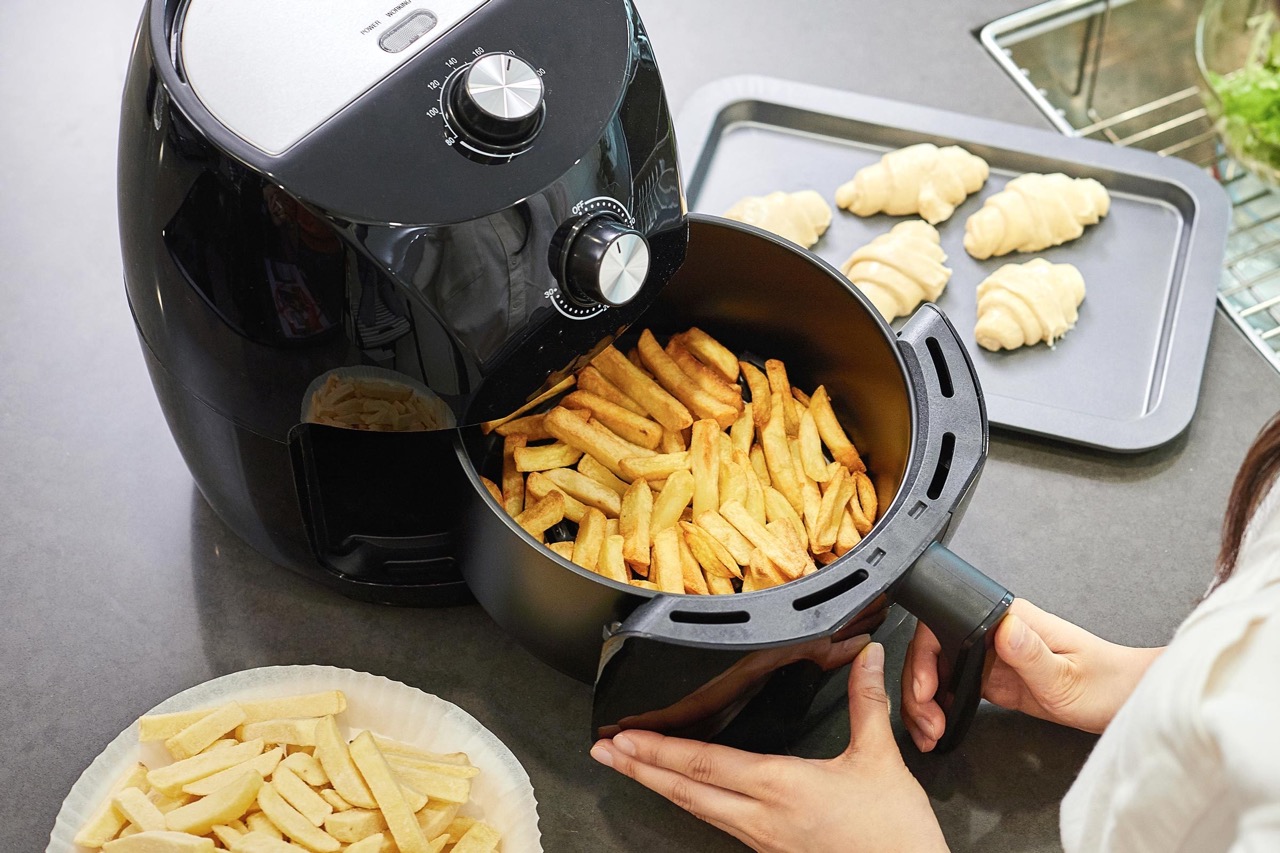
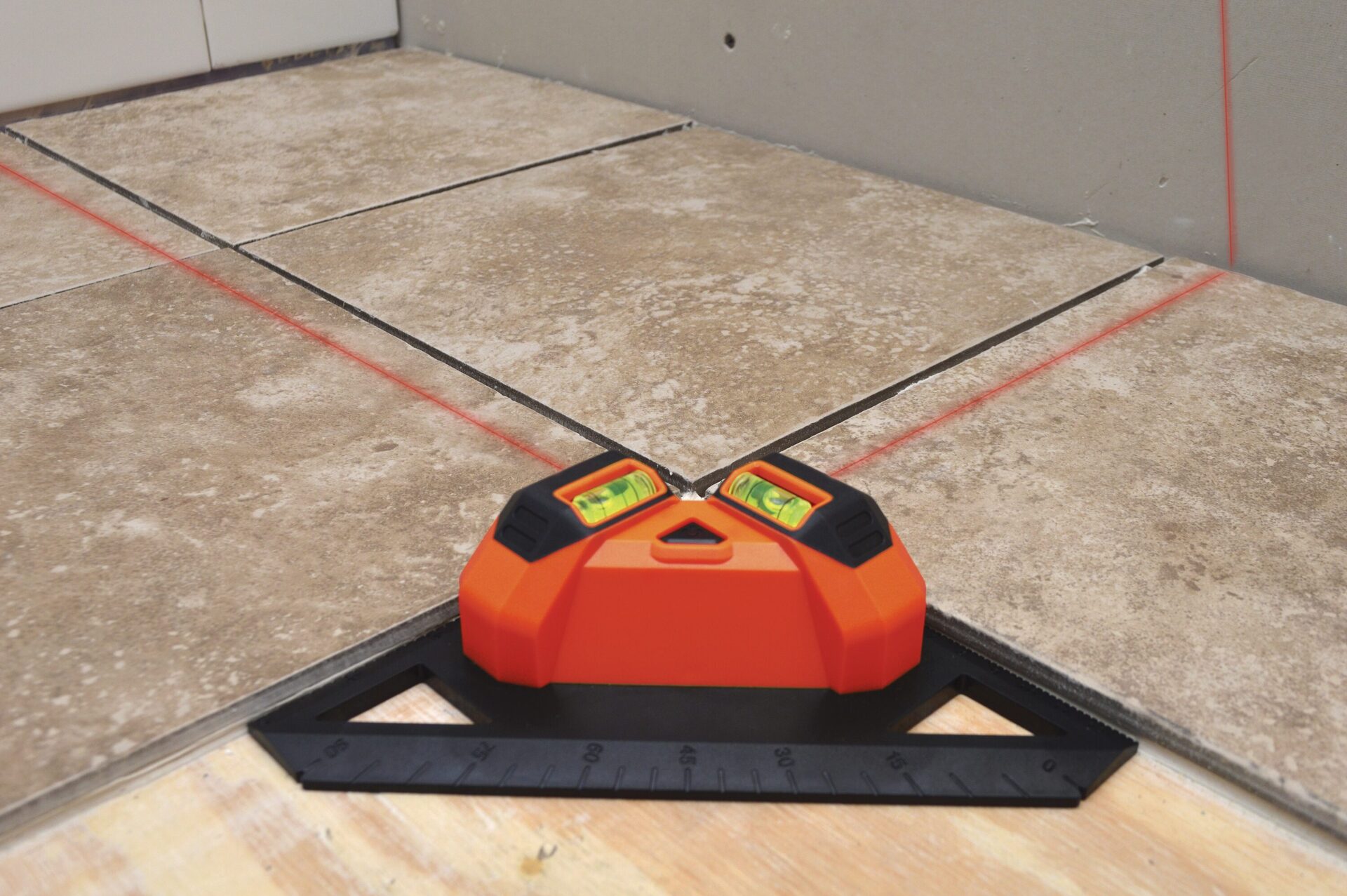
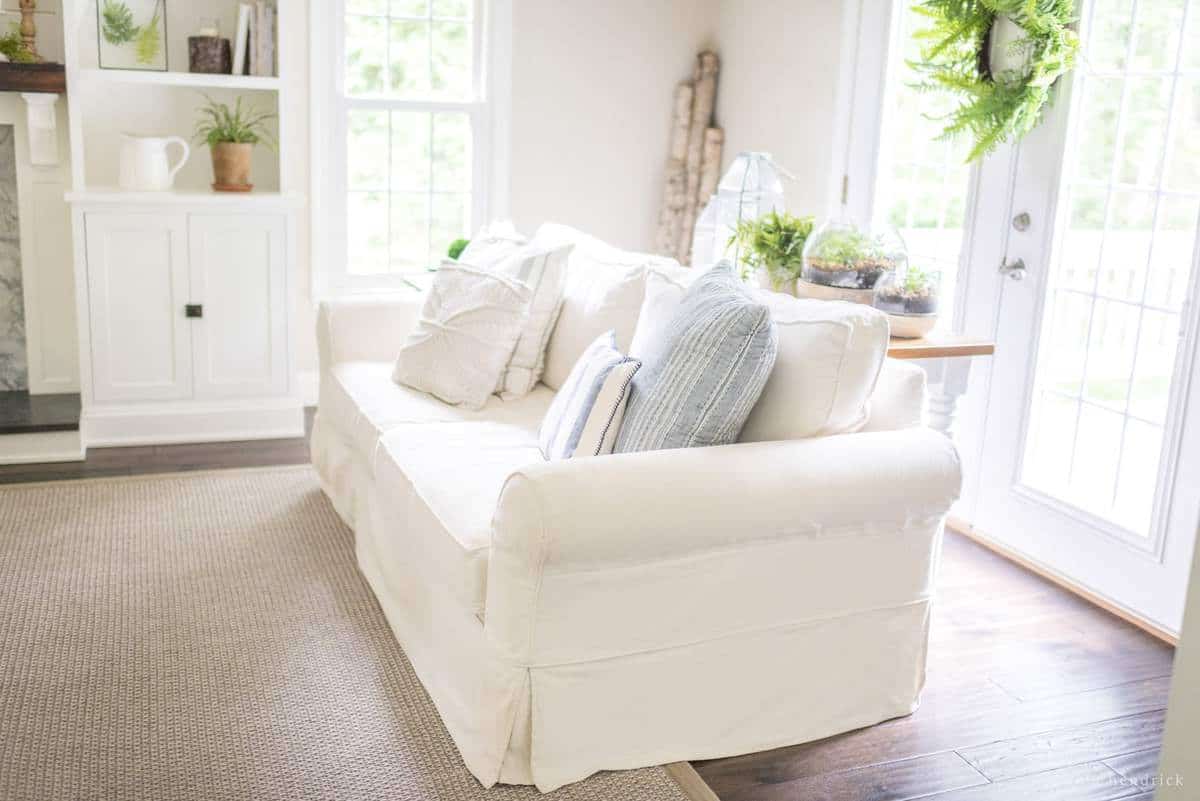
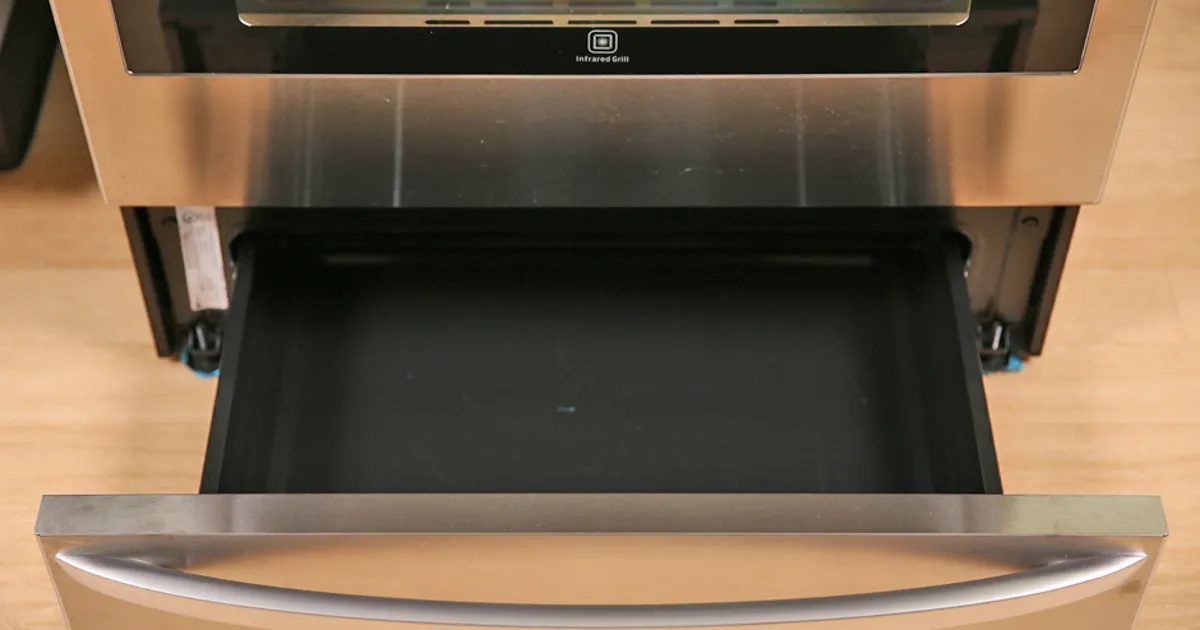
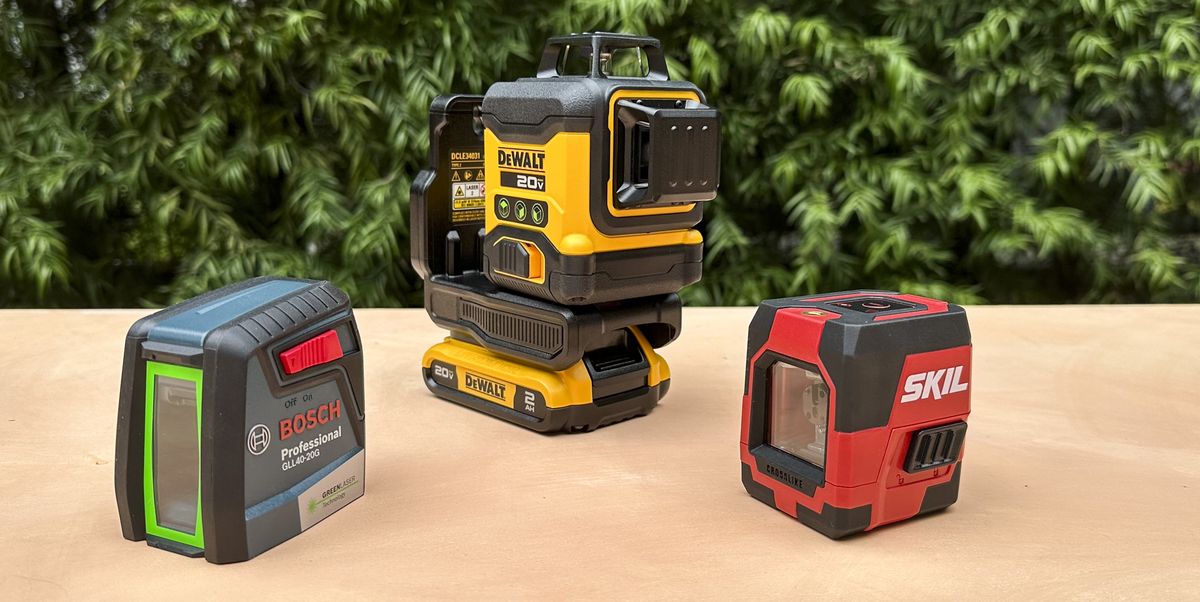
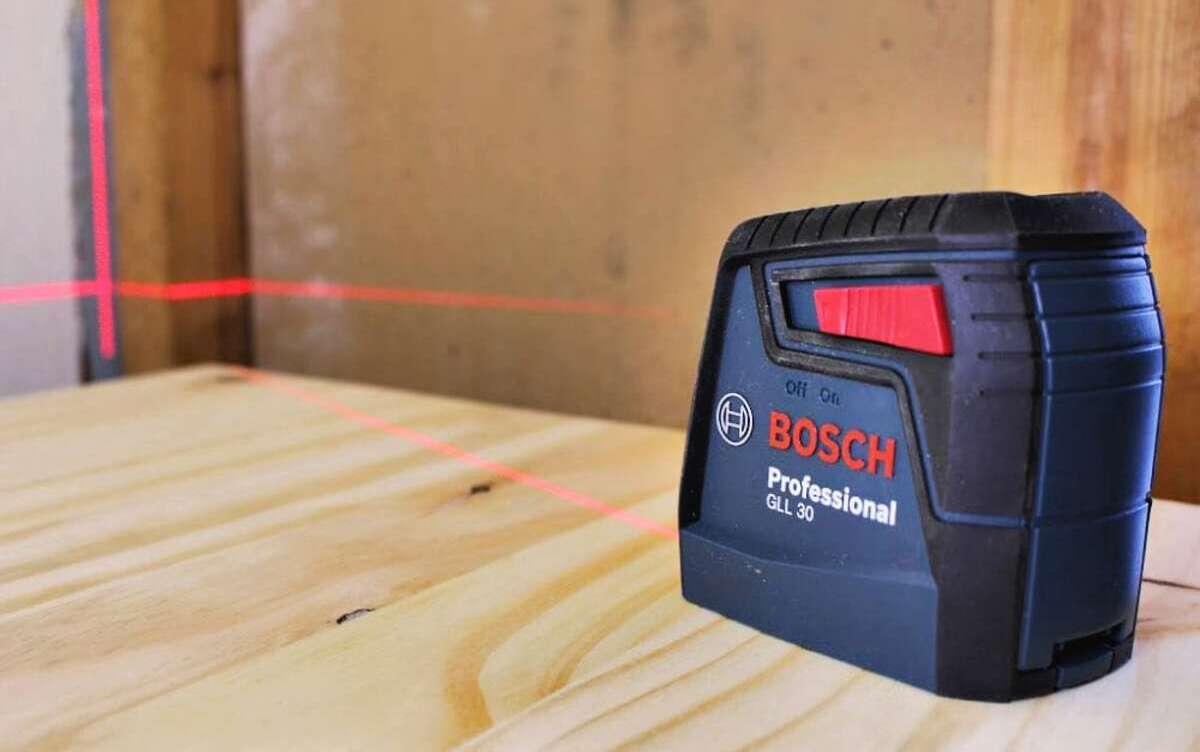
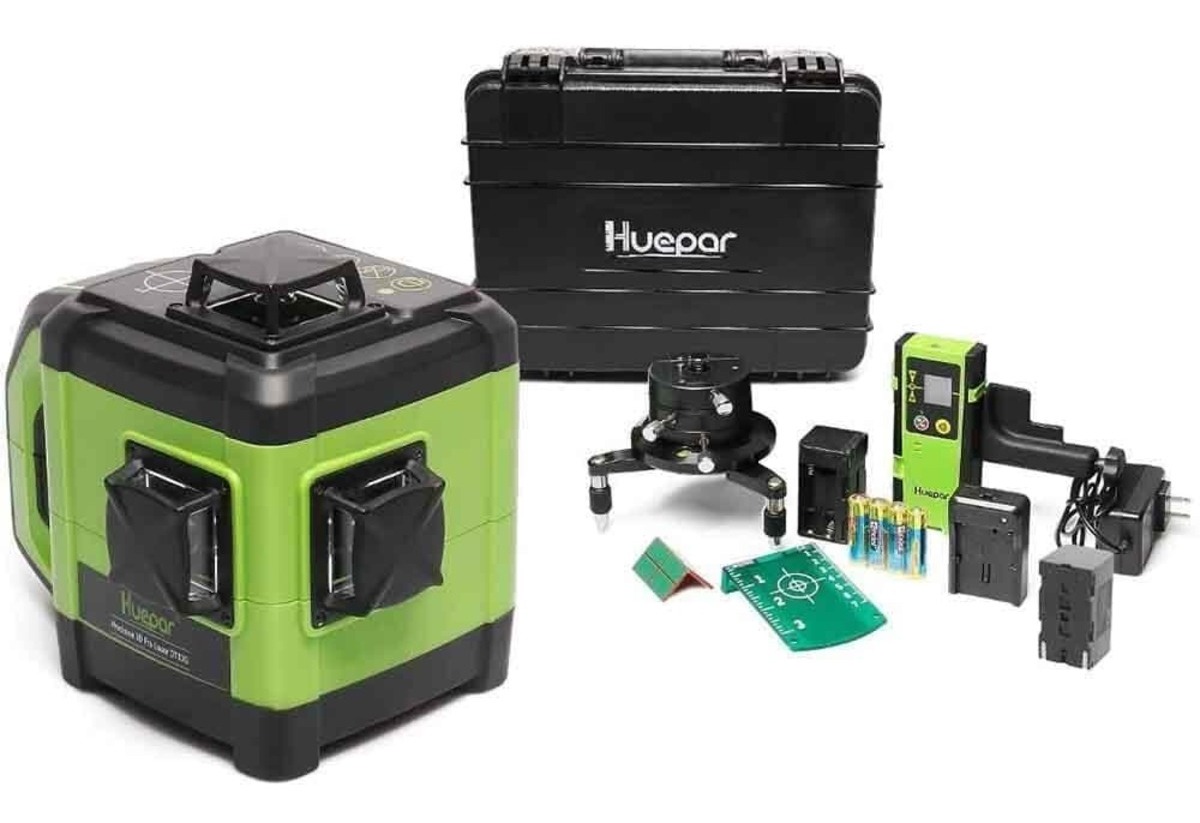

0 thoughts on “Paint Sheen Levels Explained”